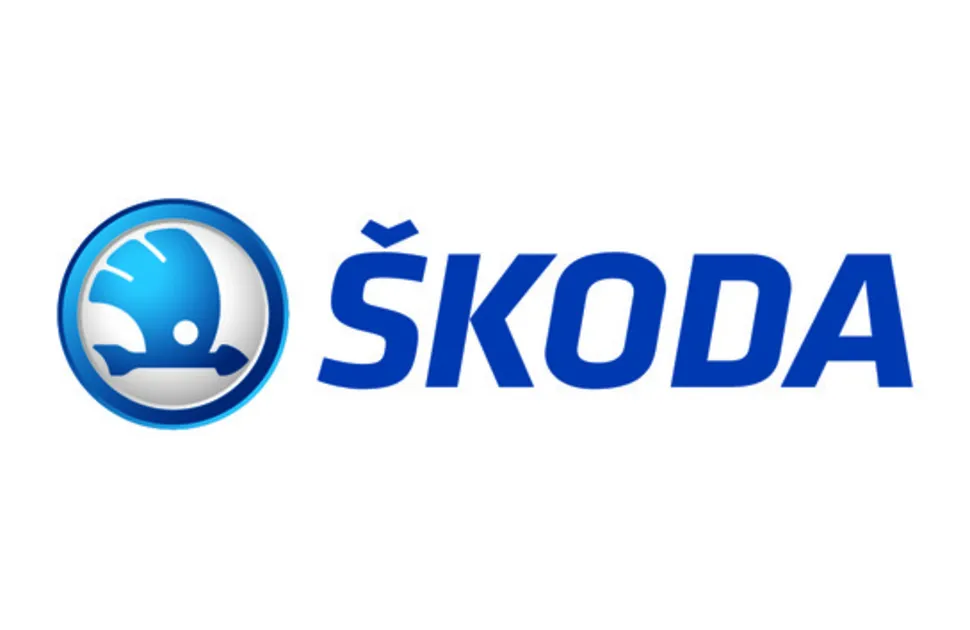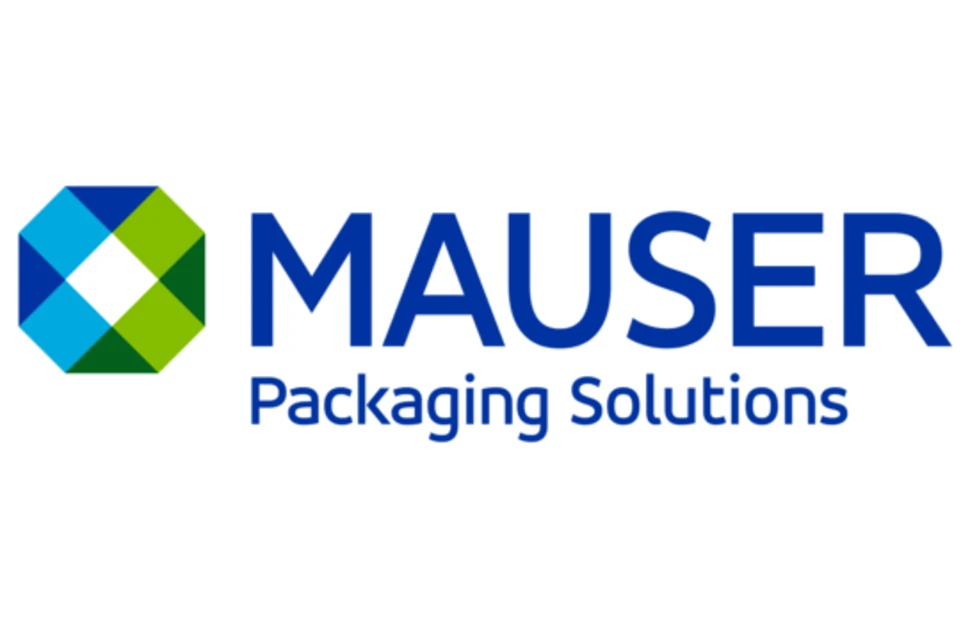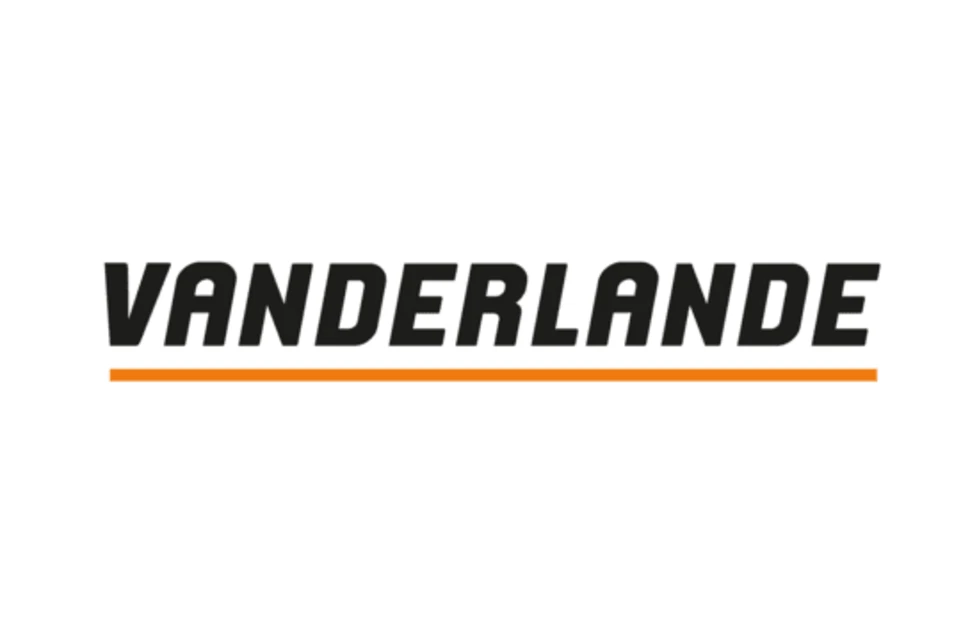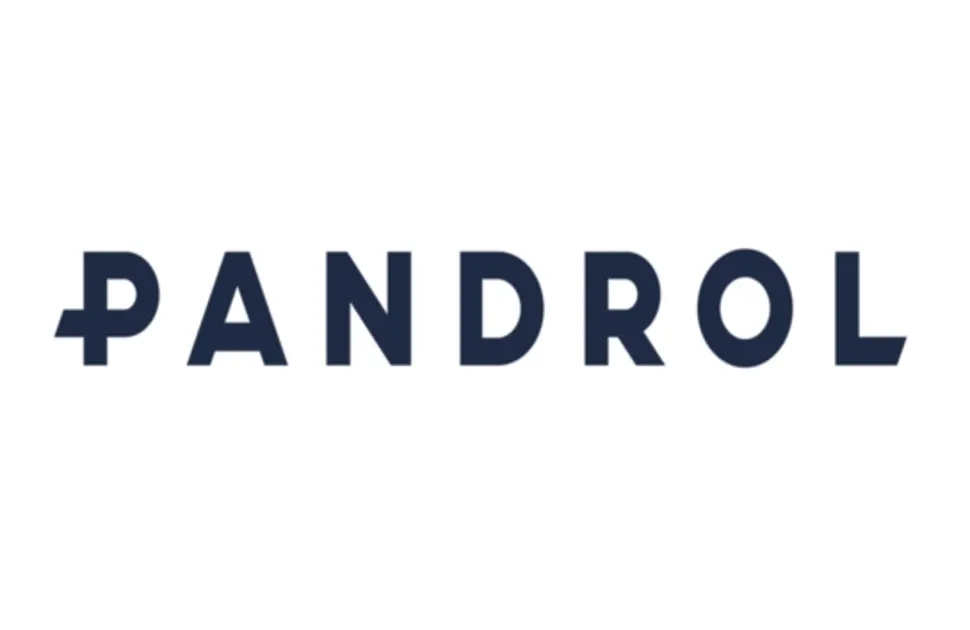Analysis: understanding the EU’s steel defence proposal
The European Commission has unveiled sweeping reforms to the way it will protect the European steel industry from global overcapacity, setting the stage for one of the most significant shifts in EU trade policy in a decade.
Its proposed replacement for the EU’s existing steel import safeguard measures will recalibrate tariff-free quotas, redefine country allocations and tighten trade controls. However, with few technical details yet released, much of the market impact remains open to interpretation.
In this analysis feature, MEPS explores how the new framework could redistribute quotas among key exporters, identifying potential winners and losers based on available data and the allocation logic used in previous safeguard measures.
The plan to reset EU safeguard measures
The European Commission unveiled its long-awaited proposal to replace the EU’s existing steel import safeguard regime on October 7.
Under the proposal, the tariff-free quota volume for steel imports would be reduced by around 47%, from roughly 33 million tonnes to 18m tonnes. The tariff rate on imports exceeding that quota would double from 25% to 50%.
The proposal would also end the practice of carrying unused quotas into the next quarter, require importers to disclose the origin of steel in “melted and poured” declarations and give the Commission the power to extend the measures’ application to new products in future reviews.
If approved, the measures are expected to take effect on July 1, 2026, and remain in force until 2031, with a scheduled review in mid-2027.
Because the Commission has not yet published its detailed implementing regulation or country allocations, key questions remain unanswered. These include which exporting nations will receive country-specific quotas, which will fall under residual (all others) quotas, and which developing countries may be exempt under WTO rules.
Confirmed details of the EU’s steel import quota allocations
The European Commission has confirmed that its proposal introduces a two-tier approach to setting limits for EU steel imports. This is designed to balance long-term data with up-to-date import trends.
The EU’s total tariff-rate quota (TRQ) volume for each steel product category will be based on the bloc’s 2013 import volumes. The Commission selected this year as the reference because it predates the global steel overcapacity crisis and is considered a neutral benchmark for normal trade conditions.
The distribution of quotas into each product category will be calculated from average import shares recorded between 2022 and 2024. The Commission says that this approach will ensure that the system reflects the most recent trading patterns while maintaining continuity with the structure used in the expiring safeguard regime.
Steel import quota allocations...missing details
Although the Commission has not yet confirmed the exact methodology for applying country-specific quota allocations, the available evidence strongly suggests that the new system will follow the same allocation logic as the current safeguards. The Commission’s October 7 press release confirmed that it will continue to offer country-specific allocations to major trading partners under the Article XXVIII GATT process and that the new framework will remain fully WTO-compliant.
On this basis, it is reasonable to assume that the allocation of TRQs will, again, be divided into three principal groups:
- Country-specific quotas: exporting countries accounting for more than 5% of total EU imports in a particular product category are expected to receive country-specific quotas.
- Residual quotas: exporting countries with import shares below 5% in a particular category will likely be grouped together under a common “all others” quota.
- Exemptions for developing countries: a developing country's imports are exempt if they are 3% or less of the total imports of that product. However, this exemption does not apply if collectively, all developing countries with imports at or below 3% account for more than 9% of the total imports.
In practice, this means that the proposed measures are likely to replicate the existing allocation model, recalibrated with updated reference years by using 2013 for total volumes and 2022-2024 for import shares.
Applying the framework
While the Commission has not yet published the detailed implementing regulation or specific country allocations, the figures presented below represent indicative estimates based on MEPS data.
This approach provides a realistic projection of how a total proposed TRQ of 5,198,712 tonnes could be distributed if the new system mirrors the allocation structure of the expiring safeguard regime.
A MEPS chart, entitled ‘Estimated quota distribution’ in the image carousel, above, presents our estimated quota distribution for the largest product category – Category 1A Non Alloy and Other Alloy Hot Rolled Sheets and Strips.
MEPS's analysis of the potential quota allocations indicates that the combined share of small developing countries amounts to just over 7%, suggesting that they would meet the exemption criteria. As a result, Brazil, Indonesia, Saudi Arabia, Kazakhstan, Thailand and Malaysia, along with other developing nations contributing little to the European import share, are likely to remain exempt from the new safeguard quotas for hot rolled coil.
There is also uncertainty over how Ukraine will be treated under the new system. The European Commission has said that candidate countries facing exceptional security situations, such as Ukraine, will be given special consideration when quotas are set. Ukraine is therefore included in this analysis, but its final status may change depending on how the Commission applies this guidance.
Comparison with current EU safeguard quotas
The shift from the current safeguard regime to the proposed system not only reduces overall quota volumes but also reshapes market access among exporting nations.
Several countries that previously held individual quota allocations, including the United Kingdom, Australia, and Canada, will now move into the collective “other countries” category, while others such as Libya and Algeria are likely to be exempt under developing-nation provisions.
Under the existing measures, quota categorisation has also become more complex. Originally, country-specific quotas were assigned to major exporters with the largest import shares, but the Commission later introduced country caps within the “other countries” quota to prevent dominant suppliers from monopolising the residual share. Under this rule, any single exporting country may use no more than 13% of the residual quota.
A MEPS chart in image carousel, above, summarises how exporter classifications may change between the 2025 and proposed 2026 frameworks. This gives an indication of which countries may retain, lose, or gain individual quotas and which are likely to be exempt.
Winners: which countries may benefit from the changes?
Japan and Taiwan stand out as key beneficiaries of the new framework. In 2025, both were part of the broader “other countries” category, where individual exporters were limited to a maximum of 13% of the total quota. By moving to country-specific quotas under the 2026 proposal, both nations gain direct access to larger allocations.
Among the developing nations, several countries could also find themselves in a stronger competitive position under the proposed safeguard framework. Countries such as Algeria, Brazil, and Indonesia are expected to retain or gain exemptions under the developing-nation provisions, meaning that their steel exports can enter the EU tariff-free. This creates a potential cost advantage compared with major suppliers still subject to quota restrictions.
What sets these countries apart is not simply their exemption status, but their ability to capitalise on it. Each has either an established steelmaking base or active capacity-expansion projects aimed at serving export markets.
Algeria, for instance, continues to expand flat steel output through Tosyali Algeria and other mills, positioning itself as North Africa’s largest exporter to Europe. Brazil, already a key slab supplier to EU rerollers, could increase shipments if domestic demand remains subdued. Indonesia, meanwhile, is rapidly scaling production through new mills and investment from Chinese-backed groups, giving it growing export potential in hot rolled and coated steels.
Together, these developing countries could fill some of the gaps in supply left by quota reductions in traditional supplier nations such as Turkey, India and South Korea. Their success in leveraging this advantage will depend on transport costs, EU product standards and how far producers can pivot towards export-focused output.
Losers: which countries may suffer under new measures?
Turkey’s steel producers are expected to lose out under the Commission’s proposed trade defence mechanism. The country faces a 60% reduction in its tariff-free quota.
Turkish steel exporters have consistently utilised their hot rolled coil quota in the first few days of a quota period, even with the country’s current, much larger limits in place. The new allocation of just over 633,000 tonnes will therefore represent a major constraint.
South Korea is in a similar position, with a 29% quota reduction and a strong record of early quota utilisation in recent quarters. Its smaller allowance will reduce the level at which Korean producers hit the tariff threshold.
Serbia and India also see substantial quota cuts of 50% and 35%, respectively. However, unlike Turkey and South Korea, their quotas have not been consistently filled in recent periods, meaning that the immediate impact on exporters in those countries is likely to be less severe.
Two stand-out cases: China and Ukraine
China and Ukraine stand out as being particularly important to monitor under the EU’s proposed safeguard replacement – each for very different reasons.
China presents a complex case within the proposed framework. Despite being the largest driver of global steel overcapacity and reporting record export volumes, its shipments of hot rolled coil to the EU have fallen sharply in recent years. This is due to existing EU trade defence measures, most notably antidumping duties of up to 37.9% introduced in 2017 on this product category.
As China is no longer a significant supplier of hot rolled coil to the EU market it is unlikely to receive a country-specific quota under the new system. However, given the scale of its exports in other product categories, Beijing is expected to face far tighter restrictions in other areas.
Ukraine occupies a unique position, shaped by both geopolitical and economic considerations. The European Commission’s proposal explicitly states that quota allocations should account for the “situation of a candidate country facing an exceptional and immediate security situation”. This language clearly refers to Ukraine. The EU has already extended trade liberalisation measures to support the Ukrainian economy, and the safeguard framework could become another tool for doing so.
With its proximity to the EU market, substantial pre-war steelmaking capacity, and the prospect of reconstruction-driven recovery, Ukraine could receive preferential treatment, potentially through an expanded quota or continued tariff exemption.
Some industry representatives in Poland have expressed concern over the possibility of an exemption for Ukraine. They argue that allowing Ukrainian steel to enter the EU without restrictions could distort competition, particularly given the sector’s fragile recovery and ongoing restructuring efforts in Central Europe.
Should Ukraine be granted full exemption or a distinct preferential regime, the balance of market access could shift significantly, reshaping supply patterns and competition dynamics within the EU market.
Conclusion: reshaping the market landscape
MEPS’s analysis of the European Commission’s proposed steel safeguard replacement demonstrates how the new measures could reshape market access for hot rolled coil exporters from July 1, 2026.
While the headline reduction in total tariff-free quotas suggests a broad contraction, a closer look reveals significant structural changes, with some suppliers facing steep cuts as others gain dedicated allocations or exemptions.
This analysis focuses solely on Category 1A - Non Alloy and Other Alloy Hot Rolled Sheets and Strips, however. This is just one of the 30 product categories covered by the proposed measures.
Each category will have different import patterns during the Commission’s 2022-2024 reference period, which are likely to result in distinct quota levels and country allocations. Consequently, the distribution of winners and losers identified here may differ significantly across other steel products.
However, taken together, these changes mark a clear rebalancing of access to the EU steel market, with significantly reduced scope for tariff-free exports for some long-established suppliers, new opportunities for others, and several key uncertainties yet to be resolved.
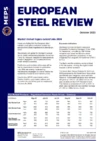
Source:
European Steel Review
The MEPS European Steel Review is an informative, concise and easy-to-use monthly publication, offering unique professional insight into European carbon steel prices.
Go to productRequest a free publication



